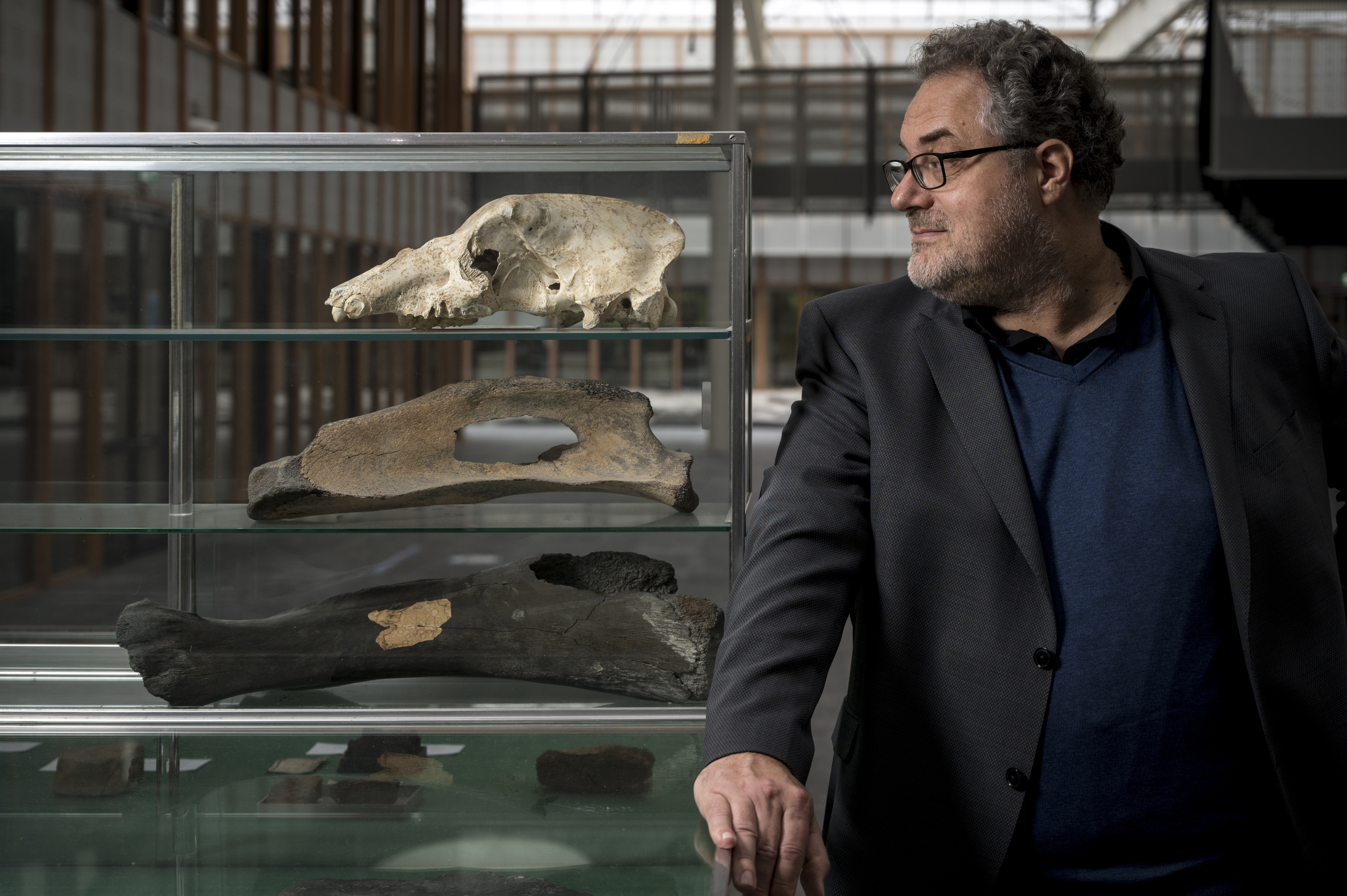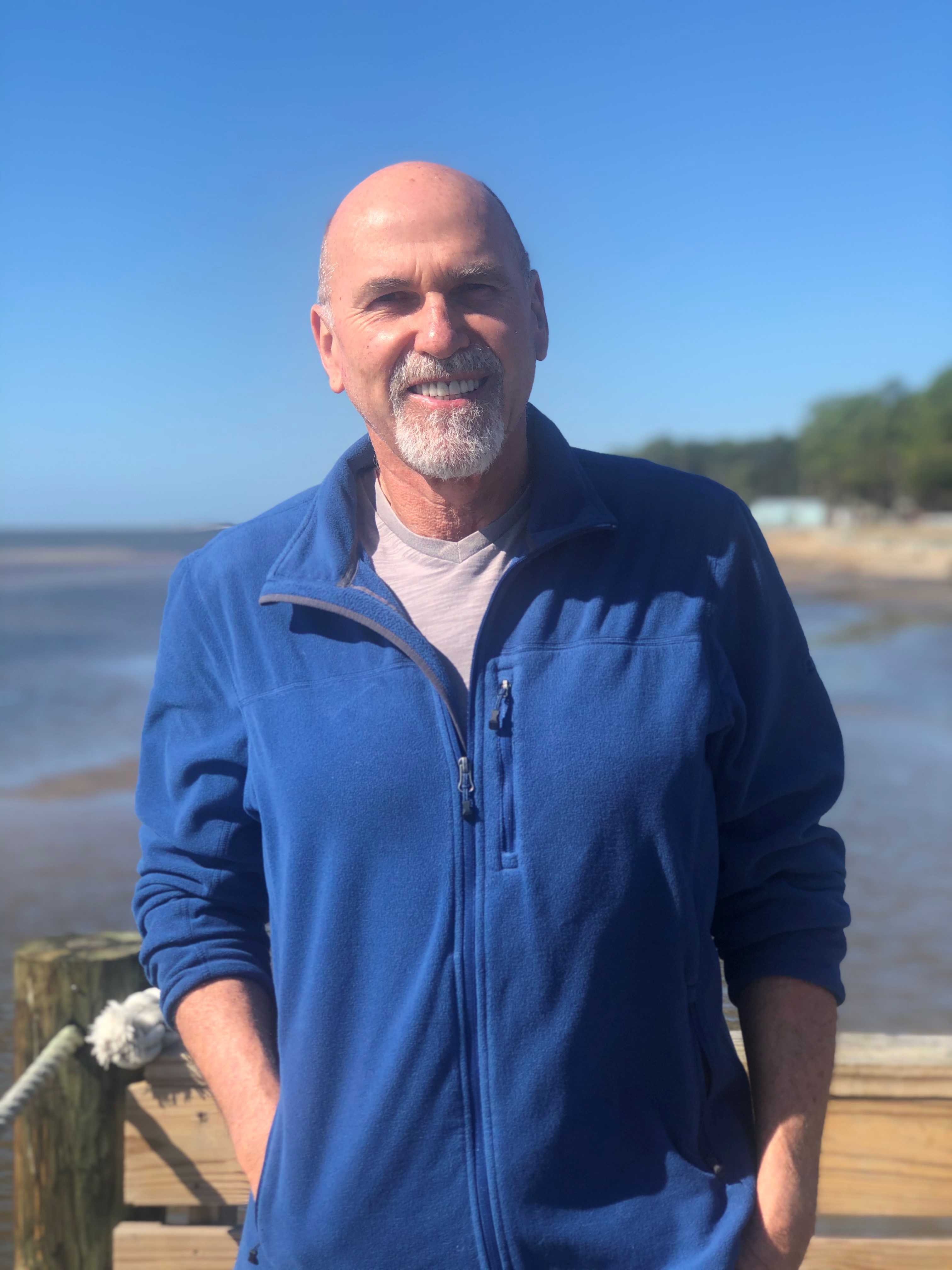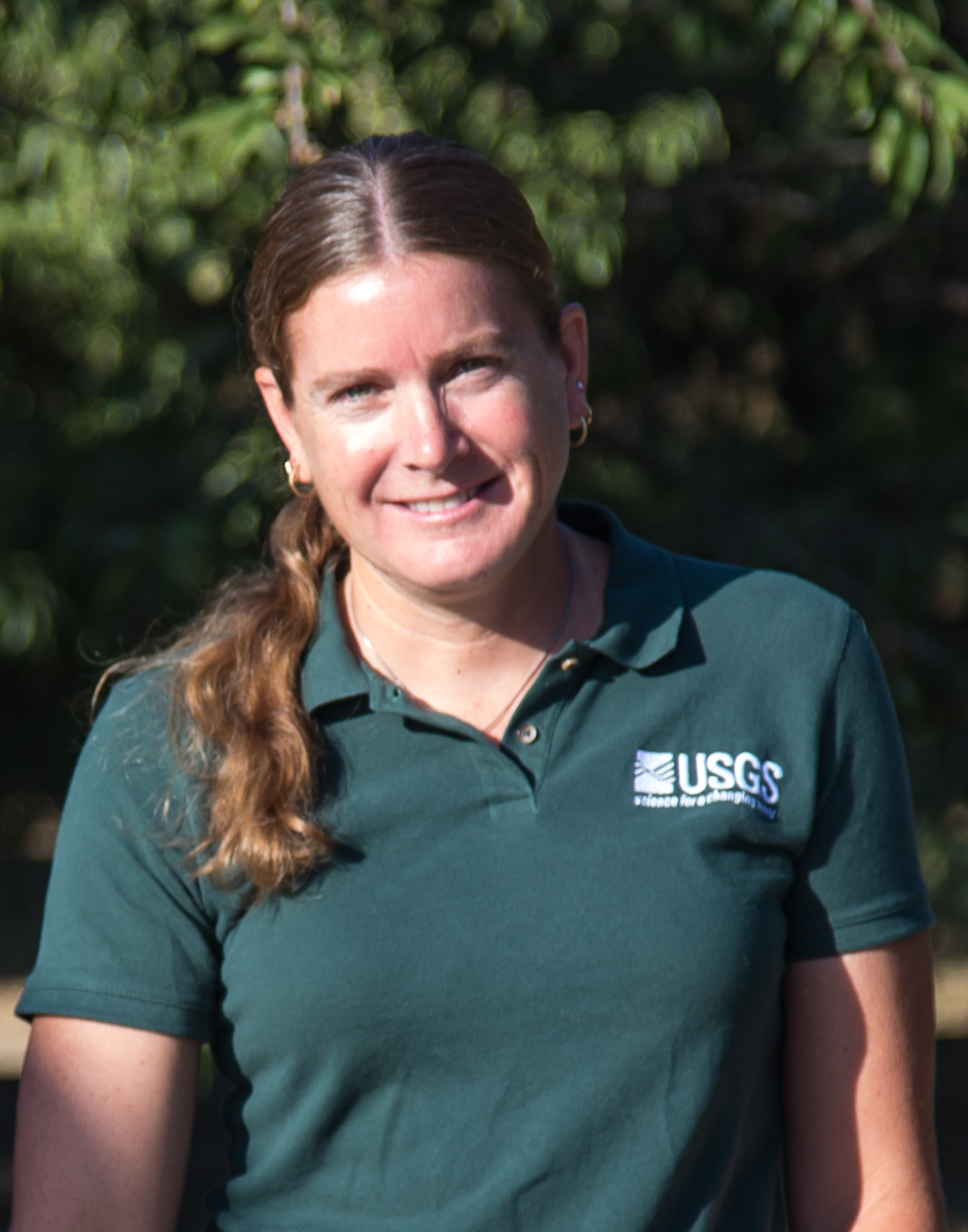Keynote speakers
Monday 17 April 2023, 09:15-10:00
Michiel van der Meulen studied geology at Utrecht University. After obtaining his PhD in 1999, he started working on mineral resources and supplies at Rijkswaterstaat (directorate-general of Public Works and Water Management). In 2003, Michiel joined the Geological Survey of the Netherlands, part of TNO, where he continued working on minerals and the relationship between land use and geology. Since 2006, he held various leadership positions, and his scope and responsibilities have broadened to the delivery of geological information in general.
Michiel will give a broad overview of subsidence in the Netherlands, which started many centuries ago as the unforeseen but inevitable by-product of the Dutch dyking and draining the once active fluvial/coastal sedimentary system they inhabit. In the same area, reclaimed depressions left by centuries of superficial peat mining are so vast that they are not easily recognizable in the current landscape. Coal mining, salt mining and hydrocarbon extraction have resulted in subsidence since the late 19th, early 20th and late 20th century, respectively. 
Shimon Wdowinski
Wednesday 19 April 2023, 09:15-10:00
Shimon Wdowinski is a professor for geophysics at the department of Earth and Environment, Florida International University (FIU). He received Ph.D. in Geophysics and M.S. in Engineering Sciences from Harvard University. His B.Sc in Earth Sciences and M.Sc. in Geology were obtained from the Hebrew University (Jerusalem, Israel). Shimon’s research interests include the general areas of natural hazards, tectonics, wetland hydrology, climate change, and sea level rise. His work has focused on the development and usage of space geodetic techniques, mainly GPS and InSAR, that can detect very precisely small movements of the Earth’s surface. He successfully applied these technologies to study tectonic plate motion, earthquakes, land subsidence, sinkholes, and environmental phenomena, such as climate change, sea level rise, and wetland surface flow.
Measuring land subsidence: techniques and applications
Land subsidence is caused by both natural (e.g., tectonics, Glacial Isostatic Adjustment -GIA) and
Michelle Sneed - U.S. Geological Survey
Thursday 20 April 2023, 09:15-10:00
Michelle Sneed is a hydrologist with the U.S. Geological Survey. She spent 25 years leading land subsidence research in the California Water Science Center and now serves as the Technical Support Coordinator for Groundwater Science in the Office of Quality Assurance. She received her BS and MS degrees in geology from California State University, Sacramento, where she subsequently taught geology classes for 10 years. She has published many studies of land subsidence related to fluid-pressure changes in areas throughout California and other areas in the Western U.S., which often had a focus on subsidence impacts to water-conveyance infrastructure. She integrates various methods of land-surface elevation (and elevation change) measurement, including spirit leveling, Global Navigation Satellite System (GNSS), extensometry, and Interferometric Synthetic Aperture Radar (InSAR) techniques, to leverage the diverse spatial and temporal scales of the datasets. Analyses and simulations have focused on the preconsolidation stress, vertical hydraulic conductivities, and the elastic and inelastic compressibilities (storage) of aquifer-system components based on hydrogeological structure, land-surface elevation changes, and groundwater-level changes.

Land subsidence caused by aquifer-system compaction in the San Joaquin Valley, California, USA, is receiving increased attention from water-science professionals and the media because of recent droughts, rapid subsidence rates, and the passage of California’s Sustainable Groundwater Management Act. The compaction of aquifer systems caused by excessive groundwater pumping is by far the single largest cause of subsidence in California, and subsidence in the San Joaquin Valley has been identified as the single largest human alteration of the Earth’s surface topography. The talk will include discussions of subsidence processes, measurements, analyses, and impacts in the San Joaquin Valley, as well as implications from the historic passage of the first California Law to help protect groundwater.
TISOLS 2023
 Registration website for TISOLS 2023
Registration website for TISOLS 2023TISOLS organising committeetisols2023@tudelft.nl
TISOLS organising committeetisols2023@tudelft.nlhttps://www.tisols.org
2023-04-17
2023-06-15
OfflineEventAttendanceMode
EventScheduled
TISOLS 2023TISOLS 20230.00EUROnlineOnly2019-01-01T00:00:00Z
To be announcedTo be announced